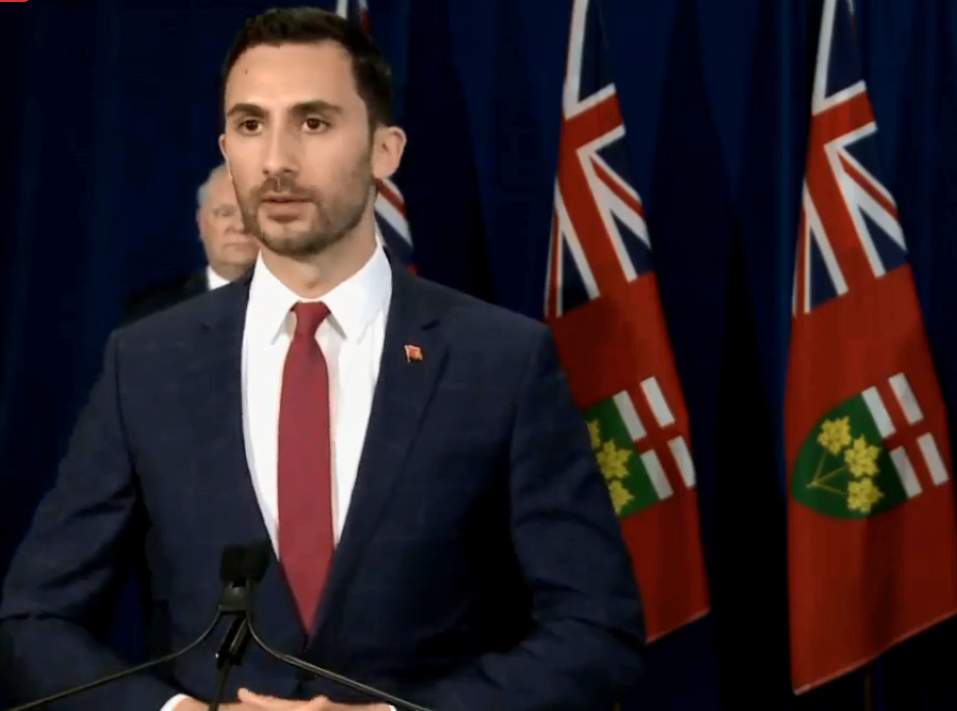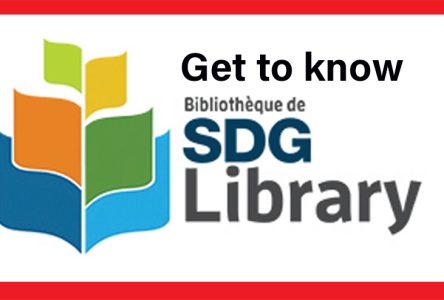ONTARIO – On Friday, June 19, the Ontario government unveiled its plan for the safe return of students to the classroom in the fall of 2020.
In addition to providing $4 million in funding for enhanced classroom cleaning, the province has also instructed school boards to develop contingencies for online learning, staggered bell times, alternating days of attendance, and more.
Depending on the public health scenario in September, the province has asked school boards to prepare three different options for learning.
- Normal return to school with enhanced cleaning.
- Physical distancing, including limiting class sizes to a maximum of 15 students, possibly alternating attendance days, and having the same teacher with the same students as much as possible.
- At home online learning. This contingency is for if the school closures are extended, or if parents choose not to return their child to the classroom.
“We are taking every precaution, investing more, and listening to the best medical advice in the country to keep students, staff, and families safe,” said Education Minister Stephen Lecce. “I want to assure parents safety is our guiding principle and the right supports are being put in place to ensure our students are set up for success. I am grateful to Ontario students, education staff, and communities for stepping up during this difficult period.”
School boards are being asked to have their plans prepared by Aug. 4, 2020. In the meantime, the province is instituting its own measures for their part of the plan including:
- guidance for developing health and safety protocols, including the use of personal protective equipment;
- expectations of an in-class school environment;
- professional development training for teachers on the new protocols and directions;
- supports for students with special education needs;
- enhanced mental health and well-being supports;
- proposals on how educators and students can move fluidly between in-class and remote learning;
- guidelines to help schools and boards in their communications with students and parents;
- guidelines for student transportation systems;
- expectations for the delivery of curriculum and assessment across subjects and grades;
- guidance for working with First Nations students, parents and communities;
- regional options for reopening based on the advice of local public health authorities; and
- a checklist to help boards in their reopening planning.





